9 Interesting facts you probably didn’t know about Coffee

It has to be the most popular beverage on the planet, right? Some would argue that it perhaps shares this title with tea, but it really depends on the part of the world and the tradition you are a part of. And who says you cannot love both? There are however occasions where nothing works quite like a fresh cup of joe. Mornings are easier while afternoons are better when you can enjoy a cup of your favorite coffee drink. That is also one of the reasons why it is so popular, because it comes in so many different types, tastes, sizes, and colors.
Despite its global popularity and status though, people do not know a lot about it other than perhaps what the beans look like and where most of it comes from. In reality, it is a fascinating drink that comes a long way from the plant to the cup. It is one of the most widespread and largest industries in the world as well as something that does not really need any introduction, and yet many aspects of it are still a mystery. In an effort to change that we wanted to give you some of the most interesting facts about coffee that you probably did not know. Read on to learn more and be sure to check out EraOfWe.com for everything about coffee.
1. A Goat Herder Found It First
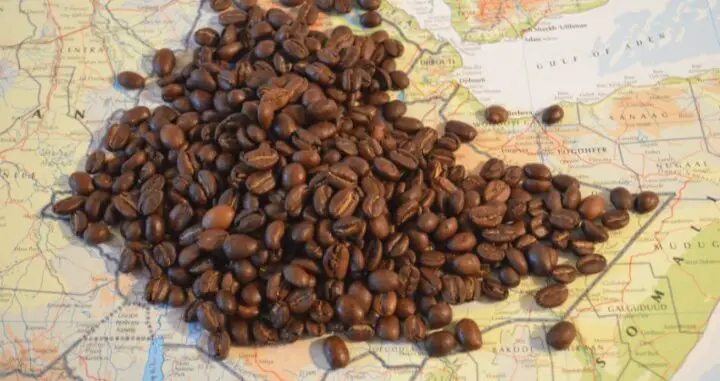
According to the legend of how coffee was first found, an unsuspecting goat herder by the name of Kaldi found it. An Ethiopian, he noticed the plant before but it was only after he noticed his animals behaving weird that he gave it a second thought. The goats would act jittery after eating ripe coffee beans so he decided to check it out. How interesting is that?
2. Mocha Means Another Thing
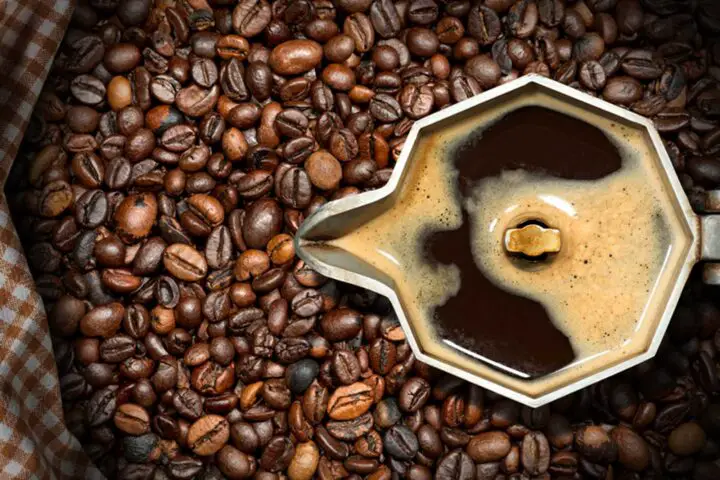
The name for the chocolaty coffee drink comes from the Yemeni port town of the same name. It was the first port that spread coffee beans to the remainder of the world, and it is said that the beans from that area have a natural chocolate note. This is why the modern chocolate coffee drink bears this name. Do you like mocha, or do you prefer more ordinary coffee drinks without special notes?
3. Two Distinct Species
You have probably heard of the names for them, but do you know that they are actually two coffee species that almost all coffee comes from. Arabika and robusta (cenephora) are their names and you have drunk both of them on numerous occasions. Robusta is the more disease resistant and productive of the pair and the one with more caffeine. Arabika has 50% more lipids and twice as many sugars, so therefore it is more acidic and more complex in flavors and aromas. If we are talking prices and luxury, robustas coffees are cheaper while specialty strains are arabicas. Both have many subcategorizations too, or varietals. Two most common arabicas include bourbon and typical. Robustas are all very similar and there is no need for special distinctions. Most roasters simply write robusta on their labels.
4. Water Consumption is Unreal
In order to grow coffee, one needs insane amounts of water. Compared to beef production which is said to waste tons of water, coffee is worse. One pound of beef requires around 1,800 gallons of water. For a single pound of coffee to be produced however, one needs as much as 2,500 gallons. This means that it cannot be grown and produced everywhere, and even in the areas where it grows successfully it needs a lot of careful irrigation and planning.
5. Different Colors and Sizes
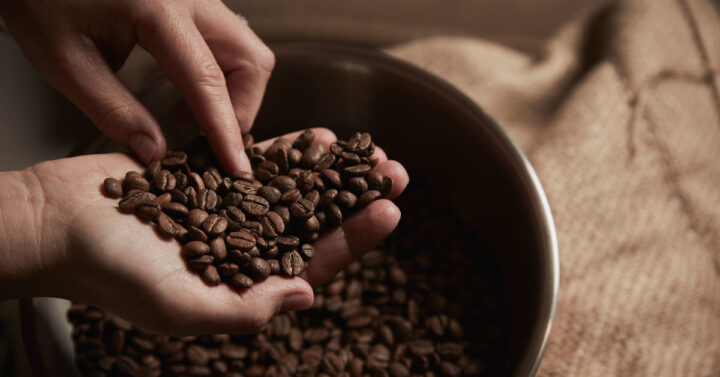
Coffee beans are some of the most interesting fruits that plants are capable of growing. They are amazing to look at, grow, and take photos of. Regarding their colors, they are as varied as things can get. When they start to grow, they are green. As they become more and more ripe, they either turn yellow, orange, or red, depending on the variety. However, it is not one and the same yellow, orange, or red, but many shades of these three colors. They are simply beautiful and peculiar, so much so that you forget that it is actually coffee.
6. Ethiopia is King
Brazil and Colombia are often the places most coffee lovers think off when the topic of conversation is the origin of their cup of joe. However, it is actually Ethiopia that takes the cake since it has thousands of heirloom varietals on its own. Their forests hold caches of thousands of different coffee types that have not yet even been cultivated! Who knows what new types there still are in the wild that we are still to try?
7. A Single Plant Lives Long
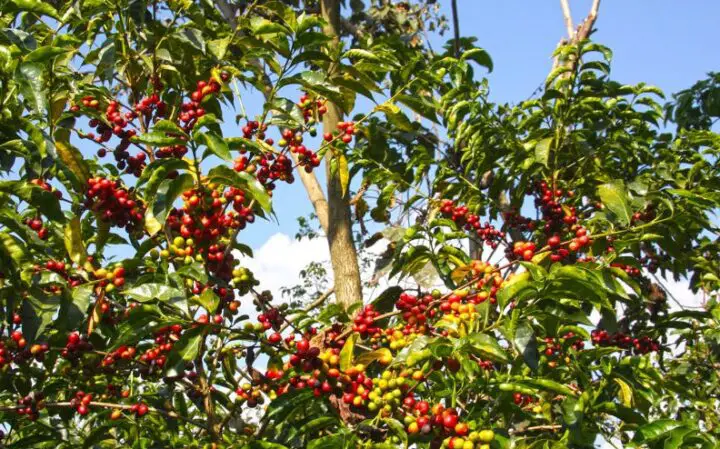
If the conditions are right and if it has everything it needs, a single coffee plant can live up to 200 years. It is always amazing to think of the lifespans of animals and plants that are longer than our own and imagine the generations of people and events they have been around. Coffee plants can produce beans for several generations of a single family making them very important indeed.
8. Cat Poop Coffee Exists
You may have heard it as a joke or as a rumor, but coffee beans that have been pooped out by cats are really a thing and the coffee is expensive. It has to be a special wild cat, the Asian palm civet, and it has to eat the special coffee cherries found in the wild. Their digestive tract ferments the beans just right, and they poop them whole. The flavor that results in the coffee drink is phenomenal and it is an expensive, limited delicacy. There are also elephants in Thailand that do the same thing. The coffee the roasters made from these elephant poop coffee seeds is called black ivory coffee.
9. USA Consumes the Most
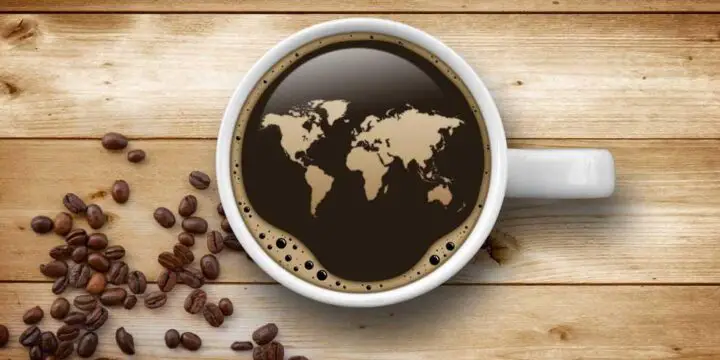
The United States consume more coffee than any other country in the world, also making them the biggest importer. A lot of people believe Americans do not drink real coffee because of the huge dessert-looking drinks with tons of ice cream and whipped cream, but the truth is they love real coffee and they have numerous real cafes to prove it. Germany is the next in line, followed by France and Italy of course. Japan, Canada, and four more European countries make up the ten biggest consumers. Funny enough, no South American nor African country makes the top 10 list.
